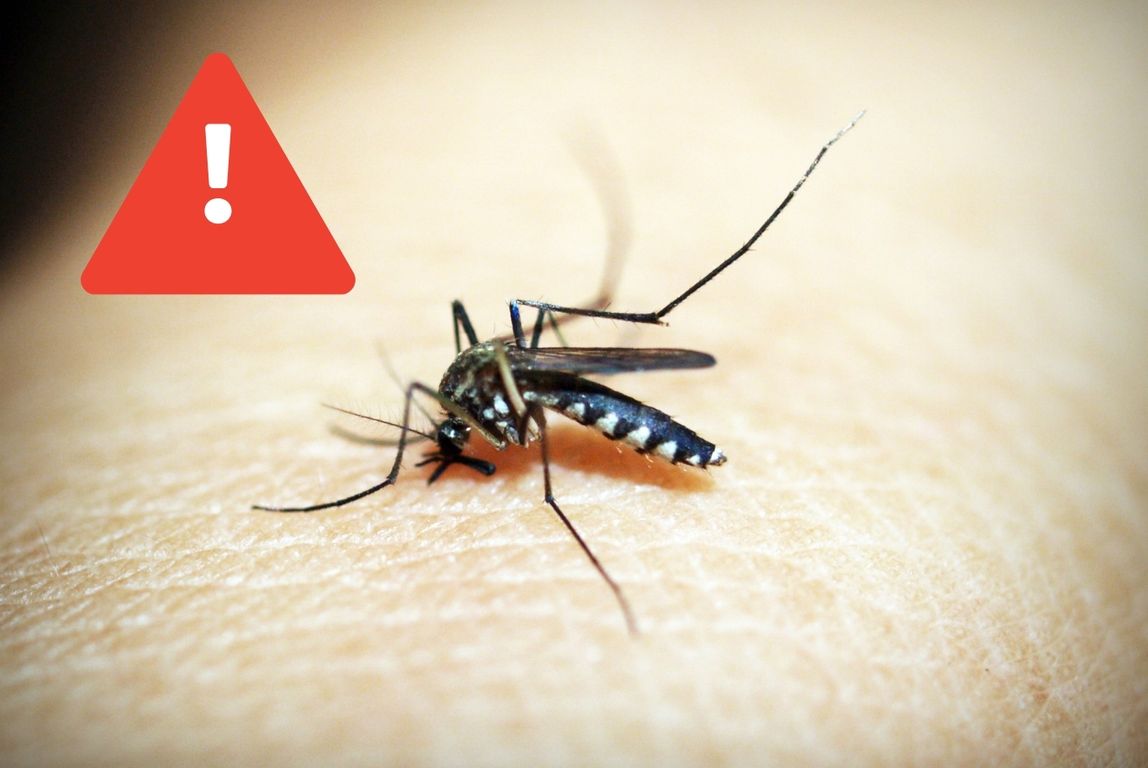Mosquito-borne diseases are a major global health concern, affecting millions of people each year. These diseases, transmitted through the bites of infected mosquitoes, can cause a range of symptoms from mild discomfort to severe illness and death. The top five mosquito-borne diseases—malaria, dengue fever, Zika virus, chikungunya, and yellow fever—pose significant threats in many parts of the world, particularly in tropical and subtropical regions. Understanding the symptoms, available treatments, and effective prevention methods is crucial for managing and reducing the impact of these diseases. This blog will delve into these aspects, providing comprehensive insights to help you stay informed and protected against these pervasive health threats.
Top 5 Mosquito-Borne Diseases: Symptoms, Treatment, and Prevention
1. Malaria
Symptoms: Malaria is caused by Plasmodium parasites, transmitted through the bites of infected female Anopheles mosquitoes. Symptoms typically appear 10-15 days after the mosquito bite and can range from mild to severe. Early symptoms include fever, headache, and chills. Severe cases can result in extreme fatigue, impaired consciousness, seizures, difficulty breathing, dark urine, and jaundice.
Treatment: Malaria is treatable with antimalarial drugs such as chloroquine, artemisinin-based combination therapies (ACTs), and others, depending on the type of Plasmodium and the region’s drug resistance patterns. Prompt treatment is crucial to prevent severe complications and death.
Prevention: Preventing malaria involves avoiding mosquito bites and taking prophylactic antimalarial drugs when traveling to endemic areas. Using insecticide-treated bed nets, indoor residual spraying, and mosquito repellents are effective methods. Vector control strategies, such as eliminating standing water where mosquitoes breed, are also critical.
2. Dengue Fever
Symptoms: Dengue fever, caused by the dengue virus, is transmitted primarily by Aedes aegypti mosquitoes. Symptoms appear 3-14 days after infection and include high fever, severe headache, pain behind the eyes, joint and muscle pain, rash, and mild bleeding. Severe dengue can lead to serious complications like bleeding, shock, and even death.
Treatment: There is no specific antiviral treatment for dengue. Supportive care, including pain relievers (acetaminophen), hydration, and rest, is the primary approach. Severe cases may require hospitalization for monitoring and supportive treatment to manage complications.
Prevention: Preventing dengue involves reducing mosquito exposure by using repellents, wearing long sleeves and pants, and ensuring proper window and door screens. Eliminating mosquito breeding sites, such as standing water in containers, is also crucial. In some regions, the Wolbachia method is being used to reduce mosquito populations and block disease transmission.
3. Zika Virus
Symptoms: Zika virus is transmitted by Aedes mosquitoes, the same vectors that spread dengue. Many infected individuals exhibit no symptoms, but those who do may experience fever, rash, joint pain, red eyes (conjunctivitis), headache, and muscle pain. Zika is particularly dangerous for pregnant women, as it can cause microcephaly and other severe birth defects.
Treatment: There is no specific treatment for Zika virus infection. Supportive care, including rest, hydration, and pain relief with acetaminophen, is recommended. Patients should avoid aspirin and non-steroidal anti-inflammatory drugs (NSAIDs) until dengue can be ruled out to reduce the risk of bleeding.
Prevention: Preventing Zika involves avoiding mosquito bites by using repellents, wearing protective clothing, and using mosquito nets. Pregnant women should take extra precautions to avoid mosquito bites, especially in areas with active Zika transmission. Public health efforts focus on controlling mosquito populations and eliminating breeding sites.
4. Chikungunya
Symptoms: Chikungunya is caused by the chikungunya virus and transmitted by Aedes mosquitoes. Symptoms include sudden onset of fever, severe joint pain, muscle pain, headache, nausea, fatigue, and rash. Joint pain can be debilitating and may persist for months or even years in some cases.
Treatment: There is no specific antiviral treatment for chikungunya. Management focuses on relieving symptoms, primarily through pain relievers (acetaminophen or NSAIDs), rest, and fluids. In severe cases, hospitalization may be required for supportive care.
Prevention: Preventing chikungunya involves avoiding mosquito bites through the use of repellents, protective clothing, and mosquito nets. Eliminating standing water and improving sanitation to reduce mosquito breeding sites are essential community measures.
5. Yellow Fever
Symptoms: Yellow fever is a viral disease transmitted by Aedes and Haemagogus mosquitoes. Symptoms range from mild to severe, including fever, chills, headache, back pain, muscle aches, loss of appetite, nausea, and vomiting. Severe cases can lead to jaundice, bleeding, and organ failure, which can be fatal.
Treatment: There is no specific antiviral treatment for yellow fever. Supportive care includes rest, fluids, and use of pain relievers like acetaminophen. Hospitalization may be necessary for severe cases to manage complications and provide supportive care.
Prevention: Yellow fever can be effectively prevented with a safe and effective vaccine, which provides lifelong immunity. Other preventive measures include using insect repellent, wearing protective clothing, and staying in accommodations with proper screening. Vector control efforts focus on reducing mosquito populations and eliminating breeding sites.

Conclusion
Understanding mosquito-borne diseases is essential for safeguarding public health. Malaria, dengue fever, Zika virus, chikungunya, and yellow fever each present unique challenges in terms of symptoms, treatment, and prevention. By recognizing the signs early, seeking appropriate treatment, and implementing preventive measures such as using repellents, wearing protective clothing, and eliminating standing water, we can significantly reduce the risk of infection. Staying informed and proactive is key to protecting yourself and your community from these potentially life-threatening diseases. Embrace these strategies to contribute to the global effort against mosquito-borne illnesses and ensure a healthier future.
Also read: 5 Natural Ways to Repel Mosquitoes and Protect Your Home
